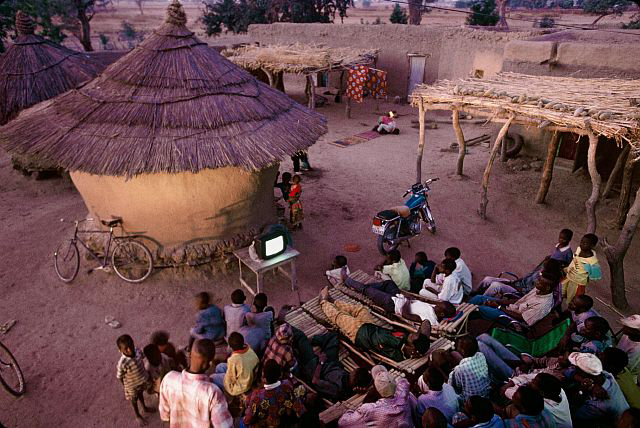Energy Access Practitioner Network 2017 Survey Highlights Appliances
The United Nations Foundation-led Energy Access Practitioner Network released its 2017 survey results, the latest in a series the Network has conducted since 2012. As the largest network of its kind, the Practitioner Network’s annual member survey “gauges the pulse” across the energy access value chain, from consumer finance to product design, marketing, distribution, after-sales service, and research and development.

The United Nations Foundation-led Energy Access Practitioner Network released its 2017 survey results, the latest in a series the Network has conducted since 2012. As the largest network of its kind, the Practitioner Network’s annual member survey “gauges the pulse” across the energy access value chain, from consumer finance, to product design, marketing, distribution, after-sales service, and research and development.

A new sub-section of the survey, covering off-grid appropriate appliances, focused on recent market trends and insights. Survey respondents indicated that access to finance, particularly consumer finance, and product availability represented major barriers to market growth.
Notably, respondents reported that the main barrier to financing the appliances market remains product affordability. This view prevailed by a significant margin across all surveyed stakeholders, suggesting that bringing down upfront costs requires constant investment and work, including reducing taxes and duties on select products, investing more in product design and innovation, and increasing availability of finance.
Regarding policy and regulatory considerations, both financiers and solution providers placed equal or greater importance on import duties and tariffs as limiting the growth of the off-grid appropriate appliances market.
Additionally, streamlining procedures at customs for importing sustainable and/or certified distributed energy products and appliances, including the designation of pre-approved importers who benefit from a simplified process, represent opportunities to increase the pace and scale of enabling energy access.
Overall, respondents reported that consumer awareness was the most critically needed measure, and that investing in better distribution channels is necessary.
The Energy Access Practitioner Network represents 2,500 members and more than 1,350 organisations. Over 35% of this year’s 168 survey respondents represent small or medium enterprises, 25% non-governmental organisations (including both local and international organisations), 18% social enterprises, and the remaining 22% are from either larger enterprises, development organizations, governments, or academic and research institutions.
Overall, improving access to finance both for solution providers and for consumers ranked highest among issues to emerge this year. For solution providers operating within the sector, barriers to obtaining debt financing, whether from local or international sources represents a significant hurdle. Likewise, consumer financing solutions such as rent-to-own or pay-as-you-go models are still available only in a limited number of select markets, and often concentrated in urban regions, which leaves many potential off-grid customers behind.
The Efficiency for Access Coalition members recognise the latent demand for more and greater modern energy services and are seizing opportunities this year to scale-up off-grid appliance markets and reduce prices for solar-powered fans, refrigerators, and water pumps, among others. See accompanying article on SWP Roundtable in Nairobi in April.